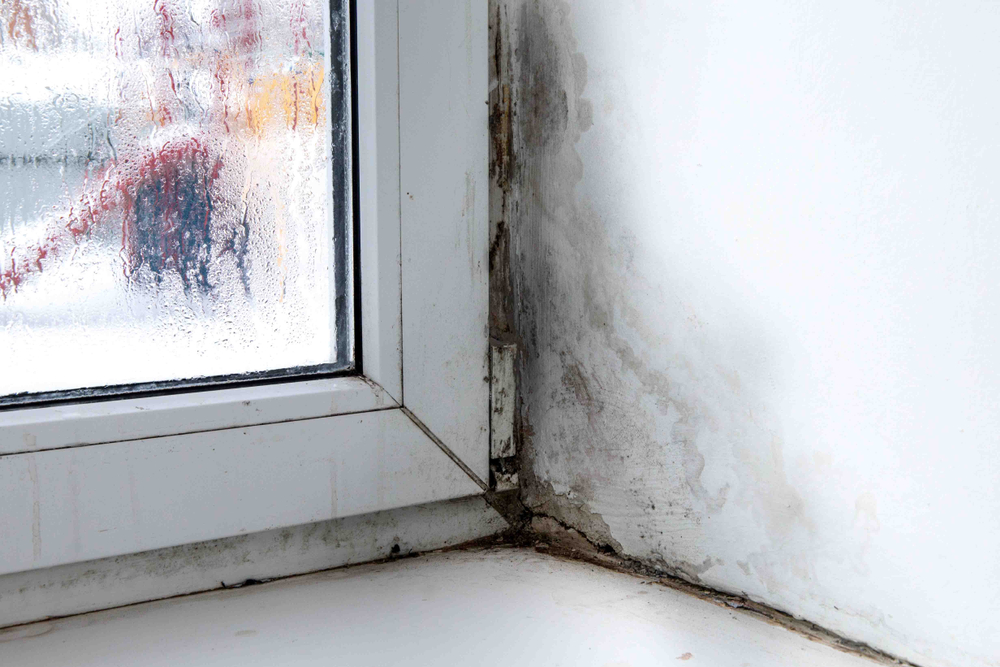
Water damage can be a homeowner’s worst nightmare, especially regarding mold’s potential growth.
Mold can start growing fast after water damage occurs, posing health risks and causing extensive damage to your home.
In this blog post, we will explore how fast can mold grow after water damage, particularly in the context of flooding in Florida. We will also provide valuable tips to help homeowners deal with flooding effectively.
How Fast Can Mold Grow After a Flood?
Mold is a type of fungus that thrives in moist environments. When your home experiences water damage, whether from a burst pipe, heavy rain, or flooding, it creates the perfect breeding ground for mold.
The mold growth can begin within just a few hours but becomes visible within 24 to 48 hours. The availability of moisture, temperature, and organic materials such as wood, drywall, or carpet primarily influences this rapid growth.
Understanding Mold Spores:
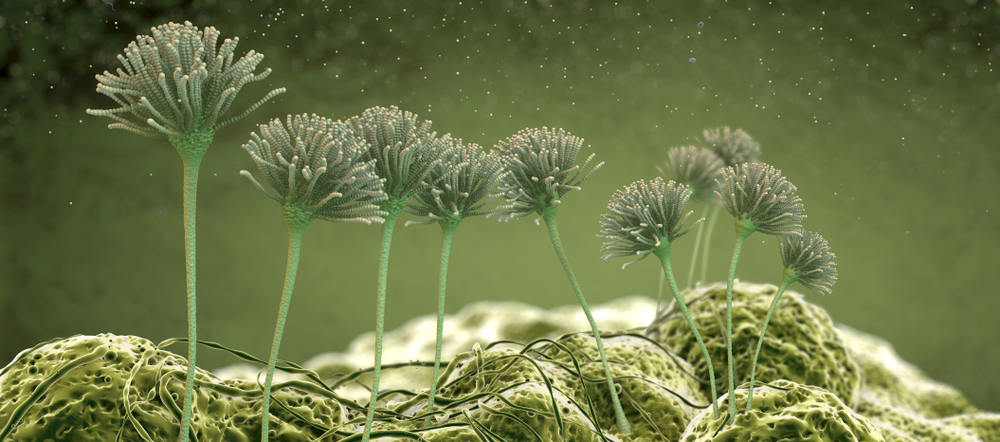
Mold spores are tiny, lightweight particles that are present everywhere in the air. They can enter your home through open doors, windows, and HVAC systems. When these spores find a suitable environment with sufficient moisture, they can quickly colonize and multiply. Once mold spores settle on damp surfaces, they grow and form colonies, leading to visible signs of mold.
Factors Affecting Mold Growth Speed:
Several factors can influence the speed at which mold grows after water damage.
In Florida’s climate, where high humidity levels are common, the risk of mold growth is particularly significant. Other factors include:
- Moisture: Mold requires moisture to thrive. Excess moisture is ideal for mold spores to settle and multiply when water damage occurs.
- Temperature: Mold tends to grow in temperatures between 77°F and 86°F (25°C and 30°C). However, it can still grow in cooler temperatures, albeit slower.
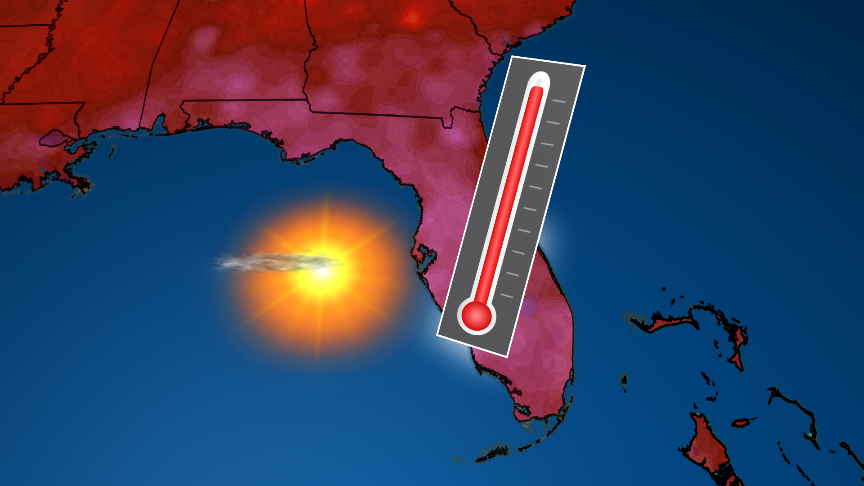
- Organic Materials: Mold feeds on organic materials such as wood, drywall, carpeting, and fabric. These materials provide a food source for mold spores, allowing them to grow and spread more rapidly.
Dealing with Flooding in Florida:
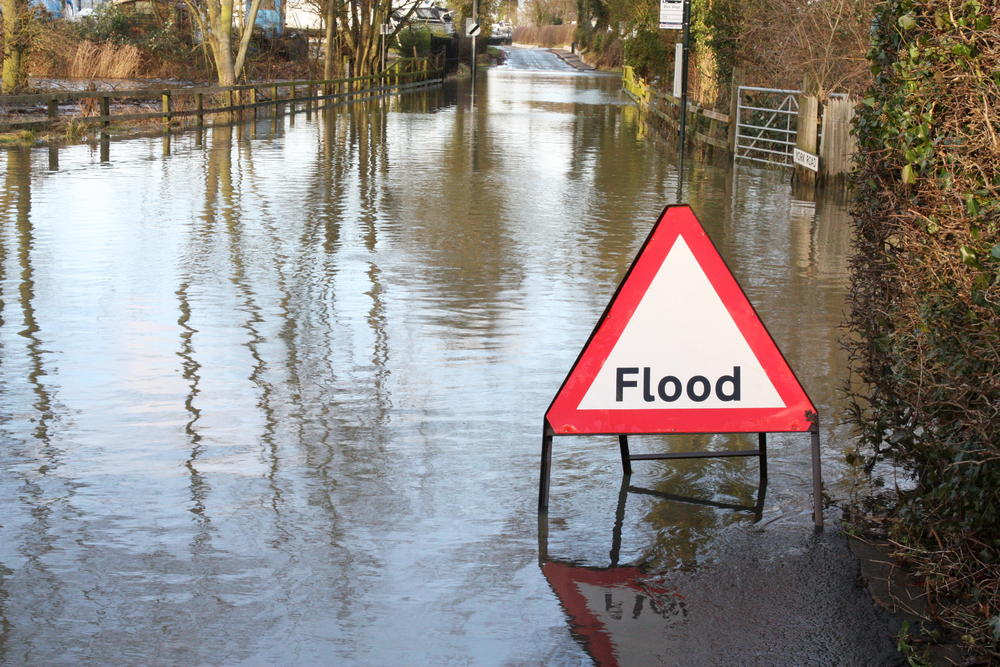
Flooding is common in Florida due to its geography and weather patterns. When faced with flooding, it’s crucial to take immediate action to minimize water damage and prevent mold growth.
If the flooding is extensive or you need more certainty about the severity of water damage, it’s advisable to seek professional assistance. Mold inspection specialists can assess the situation, provide expert advice, and effectively test any existing mold to prevent further growth.
The Importance of Prompt Action:
Taking immediate action after water damage is crucial to prevent mold growth. The longer water and moisture remain in your home, the greater the risk of mold infestation.
Mold can not only cause structural damage but also lead to respiratory problems and allergies. By addressing water damage promptly, you can minimize the potential health hazards and save yourself from costly repairs.
Preventive Measures to Avoid Mold Growth:
While it’s impossible to eliminate mold spores from your environment, you can take preventive measures to reduce the likelihood of mold growth. Here are some tips:
- Regular Maintenance
Regularly inspect your home for any signs of water leaks, plumbing issues, or roof damage. Address these problems immediately to prevent water intrusion and minimize the risk of mold growth.
- Proper Ventilation:
Ensure proper ventilation in moisture-prone areas, such as bathrooms, kitchens, and basements. Use exhaust fans, open windows, or consider installing a dehumidifier to maintain optimal humidity levels.
- Monitor Indoor Humidity:
Invest in a hygrometer to monitor the humidity levels in your home. Ideally, indoor humidity should be below 50%. If it exceeds this level, take measures to reduce moisture, such as using air conditioners or dehumidifiers.
- Promptly Address Water Damage:
Act quickly if your home experiences water damage, whether from a minor leak or a major flood. Dry out the affected areas, remove damaged materials, and ensure thorough cleaning and disinfection to prevent mold growth.
- Regular Mold Inspections:
Consider scheduling regular mold inspections, especially if you live in an area prone to flooding or have experienced water damage. Professional mold inspectors can detect early signs of mold growth and guide remediation.
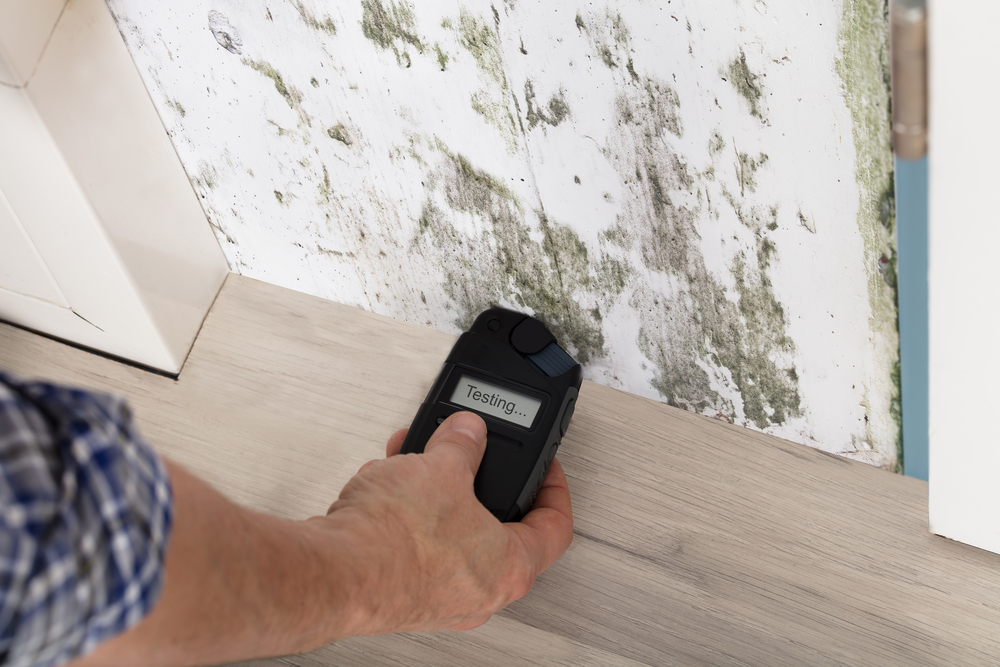
Conclusion: How Fast Can Mold Grow After Water Damage?
When it comes to mold growth after water damage, time is of the essence. Mold can start growing within 24 to 48 hours, posing health risks and causing extensive damage to your home.
By understanding the factors that influence mold growth, taking prompt action after water damage, and following the tips provided, you can effectively deal with flooding and minimize the risk of mold infestation.
Remember, mold growth can have serious consequences, so addressing water damage promptly and thoroughly is crucial. If you need clarification about the severity of the damage or if mold growth is already evident, feel free to seek professional assistance.
With the proper knowledge, preventive measures, and swift action, you can effectively combat mold growth after water damage and safeguard your home.



My spouse and i felt really joyous Louis could deal with his inquiry while using the precious recommendations he gained through your web page. It’s not at all simplistic to just possibly be giving for free steps which usually some others could have been trying to sell. And we also keep in mind we need the writer to be grateful to for this. The entire explanations you made, the simple web site navigation, the relationships you help foster – it is many powerful, and it is letting our son and us understand this subject is amusing, which is exceedingly vital. Thanks for everything!
Only wanna input on few general things, The website design is perfect, the subject material is real superb : D.
I am glad to be one of several visitors on this outstanding web site (:, appreciate it for posting.
Does your site have a contact page? I’m having a tough time locating it but, I’d like to send you an e-mail. I’ve got some recommendations for your blog you might be interested in hearing. Either way, great website and I look forward to seeing it expand over time.
I’m impressed, I must say. Really not often do I encounter a blog that’s both educative and entertaining, and let me tell you, you’ve hit the nail on the head. Your idea is excellent; the problem is something that not sufficient people are speaking intelligently about. I am very blissful that I stumbled across this in my search for something referring to this.
A person necessarily assist to make severely posts I’d state. That is the first time I frequented your web page and to this point? I surprised with the analysis you made to create this particular submit extraordinary. Great activity!
I savor, lead to I found exactly what I was looking for. You have ended my four day long hunt! God Bless you man. Have a nice day. Bye
Spot on with this write-up, I really think this web site needs far more consideration. I’ll most likely be once more to learn rather more, thanks for that info.
An impressive share, I just given this onto a colleague who was doing a little analysis on this. And he in fact bought me breakfast because I found it for him.. smile. So let me reword that: Thnx for the treat! But yeah Thnkx for spending the time to discuss this, I feel strongly about it and love reading more on this topic. If possible, as you become expertise, would you mind updating your blog with more details? It is highly helpful for me. Big thumb up for this blog post!
Wow! Thank you! I permanently wanted to write on my site something like that. Can I take a portion of your post to my website?
you have a great blog here! would you like to make some invite posts on my blog?
Simply want to say your article is as surprising. The clarity for your submit is just spectacular and that i could assume you’re an expert in this subject. Fine along with your permission let me to take hold of your RSS feed to keep up to date with imminent post. Thank you a million and please continue the enjoyable work.
Well I sincerely enjoyed reading it. This post procured by you is very practical for proper planning.
I like the valuable information you provide in your articles. I’ll bookmark your blog and check again here regularly. I am quite sure I will learn plenty of new stuff right here! Good luck for the next!